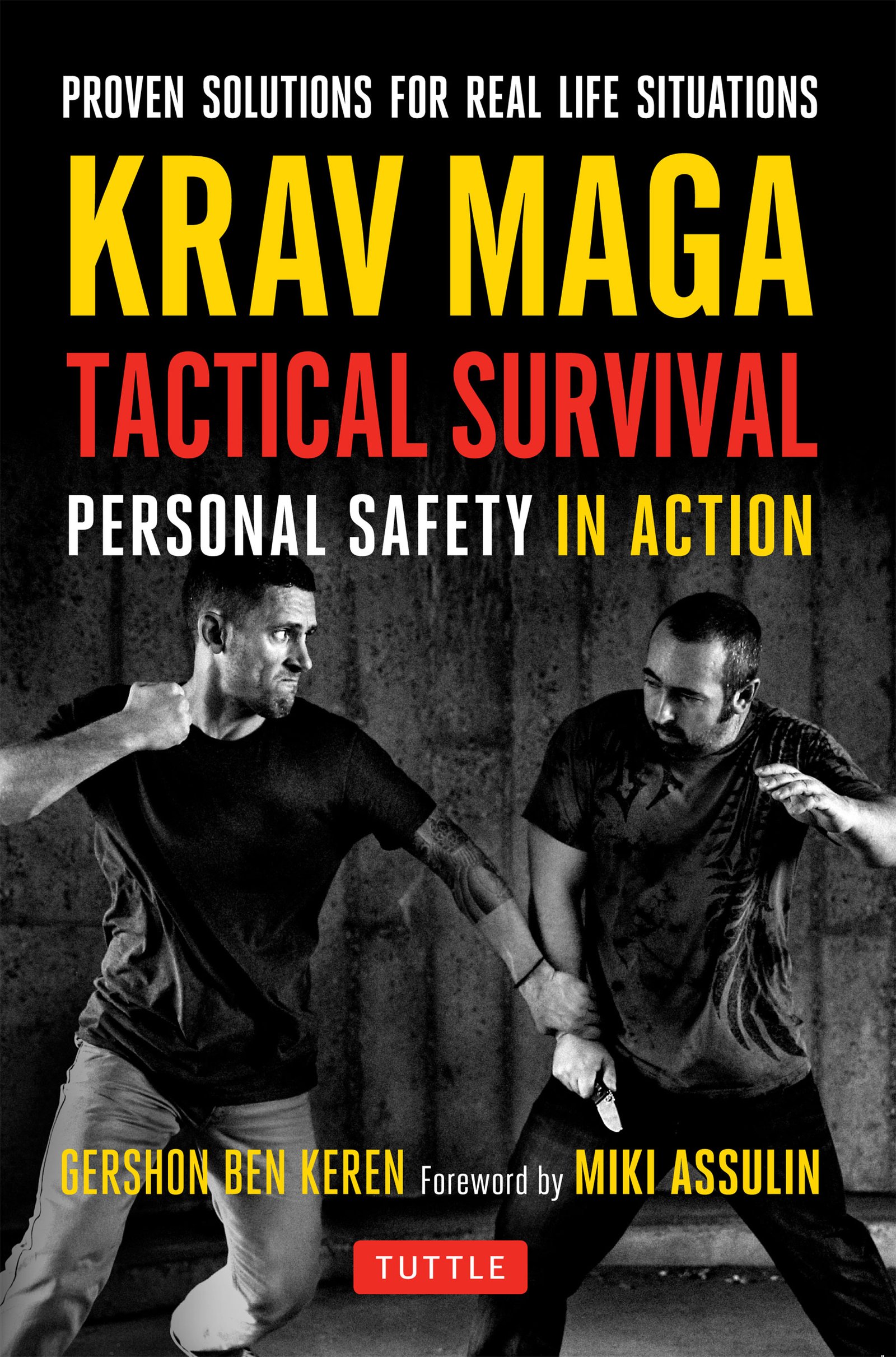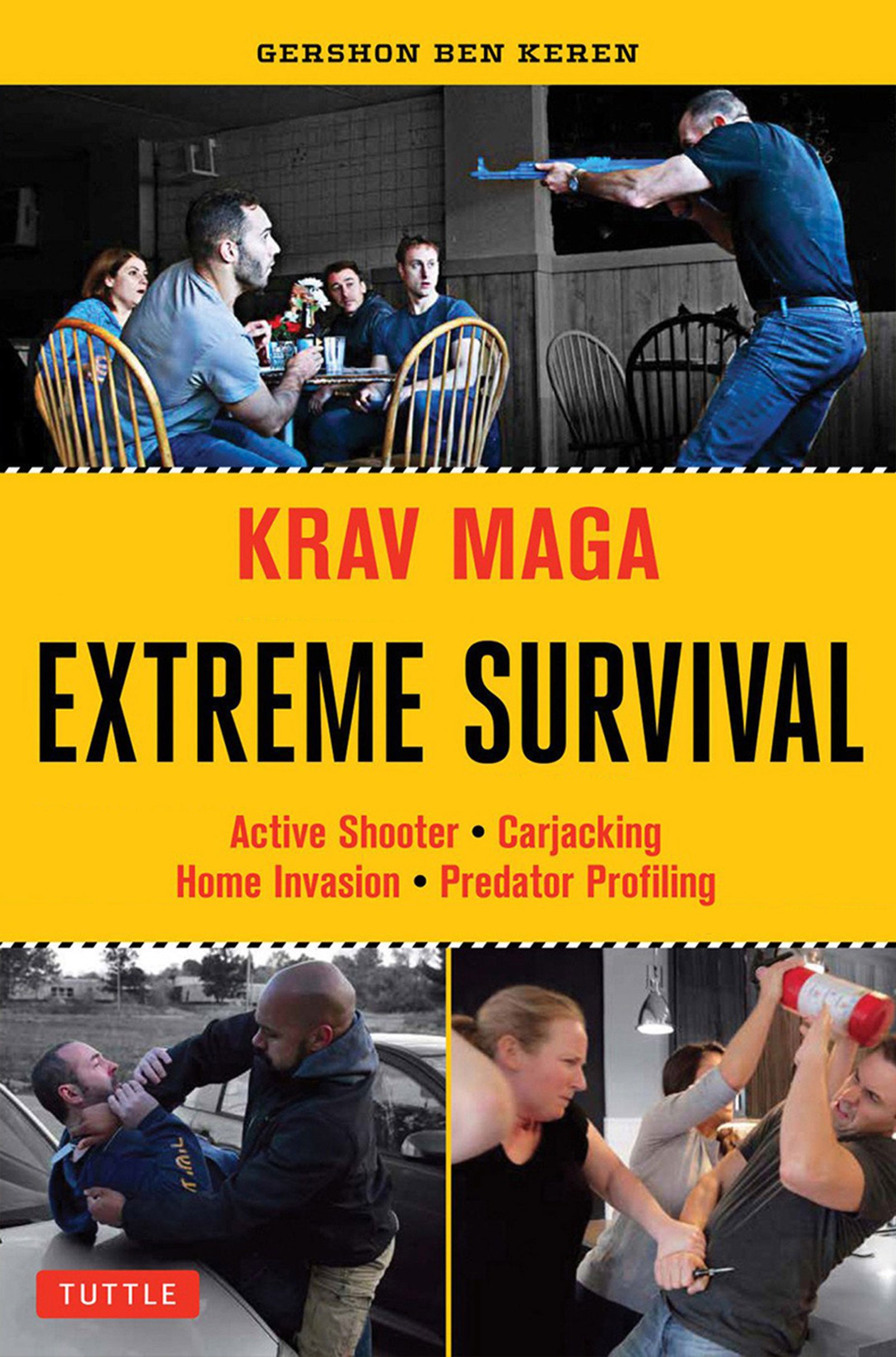-

Krav Maga Yashir Boston
Teaching Authentic &
Genuine Israeli Krav Maga -
 Developing Skills & TechniquesFor Real-World Self-Defense
Developing Skills & TechniquesFor Real-World Self-Defense -
 Effective, Proven & Realistic SolutionsTo Real World Violence
Effective, Proven & Realistic SolutionsTo Real World Violence
History of Krav Maga
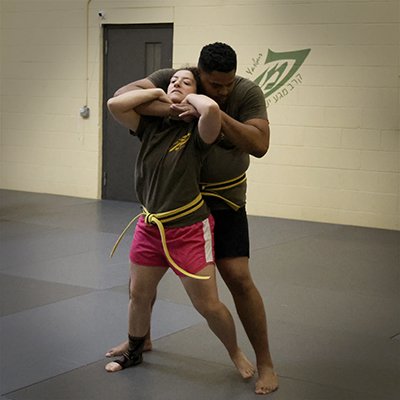 The State of Israel has produced some of the most influential close-combat and self-defense systems in the world. Among them, Krav Maga, Kapap, and Hisardut stand out for their
practical focus, battlefield origins, and eventual spread into civilian training contexts. Though they share similarities and often overlap in philosophy and technique, each
has its own unique historical trajectory. Together, they illustrate how necessity, conflict, and survival shaped martial culture in modern Israel.
The State of Israel has produced some of the most influential close-combat and self-defense systems in the world. Among them, Krav Maga, Kapap, and Hisardut stand out for their
practical focus, battlefield origins, and eventual spread into civilian training contexts. Though they share similarities and often overlap in philosophy and technique, each
has its own unique historical trajectory. Together, they illustrate how necessity, conflict, and survival shaped martial culture in modern Israel.
The Origins of Krav Maga
Krav Maga, which translates to “contact combat,” was developed in the 1930s and 1940s by Imi Lichtenfeld, a Hungarian-born Jewish athlete and boxer living in Bratislava. Lichtenfeld, who was also skilled in wrestling and gymnastics, organized Jewish youth to defend their community against fascist and anti-Semitic street gangs in the lead-up to World War II. From these violent confrontations, he began to refine a system that relied on simple, direct, and effective techniques rather than complex forms or traditions.
After emigrating to British Mandate Palestine in 1942, Lichtenfeld joined the Haganah, the underground paramilitary organization that later became the Israel Defense Forces (IDF). There he was tasked with training fighters in hand-to-hand combat. His experience led to the formal adoption of Krav Maga as the IDF’s standard close-quarters combat method after the establishment of Israel in 1948.
Krav Maga’s philosophy was straightforward: neutralize threats quickly, use natural body movements, and adapt to real-world violence. Unlike traditional martial arts, it dispensed with rituals, katas, or sporting applications. Instead, it emphasized strikes to vulnerable targets, defenses against knives and firearms, and the integration of aggression with situational awareness. Over time, Krav Maga expanded from its military roots into police, security, and civilian training, eventually spreading worldwide in the late 20th century.
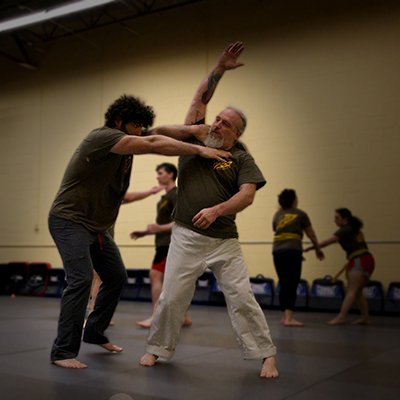
The Development of KAPAP
While Krav Maga is often considered Israel’s most famous martial art, it was preceded and shaped by another system: Kapap, an acronym for Krav Panim A Panim, meaning “face-to-face combat.” Kapap was created during the late 1930s and early 1940s as part of the Palmach, the Haganah’s elite strike force.
Kapap was designed as a comprehensive combat training program rather than a single martial art. It incorporated boxing, judo, jiu-jitsu, stick fighting, knife defense, and even mountaineering and physical conditioning. The emphasis was on versatility, preparing fighters to deal with both armed and unarmed situations. Instructors included Jewish immigrants who brought with them diverse martial knowledge from Europe, especially those with backgrounds in fencing, wrestling, and judo.
Kapap served as the forerunner of Krav Maga within the IDF. When Imi Lichtenfeld began systematizing Krav Maga, he drew heavily from Kapap training, integrating its techniques and survival mindset into a streamlined, principle-based system. While Kapap declined in prominence after the 1950s, it never disappeared. In the 1990s, Israeli martial artists began reviving Kapap as both a historical preservation effort and a complementary discipline to Krav Maga. Today, Kapap is taught internationally, often alongside Krav Maga, and retains its identity as a multidisciplinary combat system.
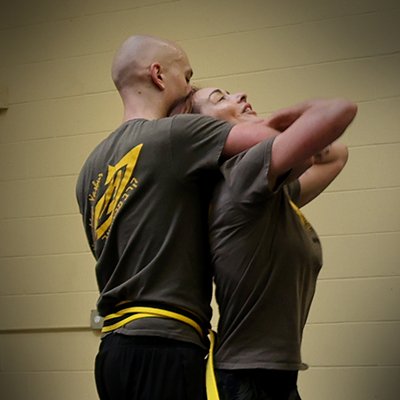
Hisardut - The Art of Survival
Hisardut, meaning “survival” in Hebrew, is a lesser-known but equally significant Israeli combat system. It was created by Dennis Hanover (Hanoch) in the 1960s. Hanover, a South African immigrant with training in karate, judo, and jujitsu, sought to develop a martial art that reflected both his cultural heritage and the harsh realities of modern conflict.
Hisardut blended traditional martial arts with military hand-to-hand combat, incorporating strikes, grappling, weapon defenses, and psychological preparedness. What distinguished Hisardut from Krav Maga and Kapap was its explicit philosophy of holistic survival. It was not only about defeating an attacker but also about cultivating discipline, ethical responsibility, and resilience. Hanover was deeply influenced by his Jewish identity and experiences of violence, leading him to shape Hisardut as a way to empower individuals and communities.
For decades, Hisardut was primarily practiced in Israel(Head Instructor, Gershon Ben Keren, is one of the few instructors outside of Israel who has passed the Hisardut Instructor's course), where Hanover trained students and integrated his system into youth programs. While it never achieved the global spread of Krav Maga, Hisardut remains recognized as part of Israel’s martial lineage, emphasizing personal growth alongside practical combat skills.
Global Spread and Legacy
By the 1970s and 1980s, Krav Maga began reaching international audiences, first through military and law enforcement channels, and later through civilian martial arts schools. It is now practiced in dozens of countries, often marketed as the ultimate self-defense system. Kapap, though less widespread, has seen a revival, with instructors promoting it as a way to reconnect with Israel’s martial heritage while offering cross-disciplinary training. Hisardut, while still relatively niche, remains significant within Israel as a cultural martial art that preserves the vision of Dennis Hanover.
In the global martial arts community, these three systems stand as unique contributions from Israel—born of conflict, shaped by survival, and continually evolving. Their histories remind us that martial arts are not just about fighting techniques but also about the cultural and historical contexts in which they develop.
Conclusion
The intertwined histories of Krav Maga, Kapap, and Hisardut reveal a story of survival, resilience, and adaptation. From Imi Lichtenfeld’s pragmatic techniques against fascist gangs, to the Palmach’s multidisciplinary Kapap training, to Dennis Hanover’s vision of holistic survival through Hisardut, each system reflects a different dimension of the Israeli experience. Today, they are practiced not only in Israel but across the globe, each carrying forward the lessons of their origins while adapting to modern needs. For practitioners, they offer more than self-defense—they embody the enduring human drive to survive, protect, and grow. If you are interested in training with Gershon Ben Keren, plaese use the button below to attend a beginner class.
Register For Class
Contact Us About Krav Maga
If you have any questions concerning our program or services, please feel free to contact us using the form below. This is the fastest way to get in touch with us, as phone calls are most likely going to go to voicemail. Before contacting us you may also want to check out our FAQ (Frequently Asked Questions) page by clicking here
- 165 (Unit E) New Boston Street, Woburn, MA 01801
- +01 (339) 224 8005
- liz.kmy@bostonkravmaga.com

